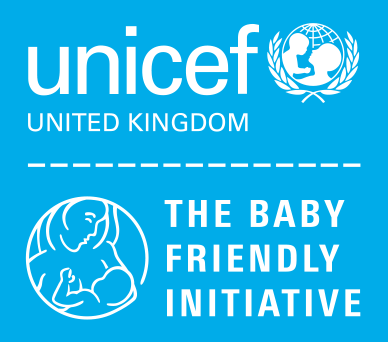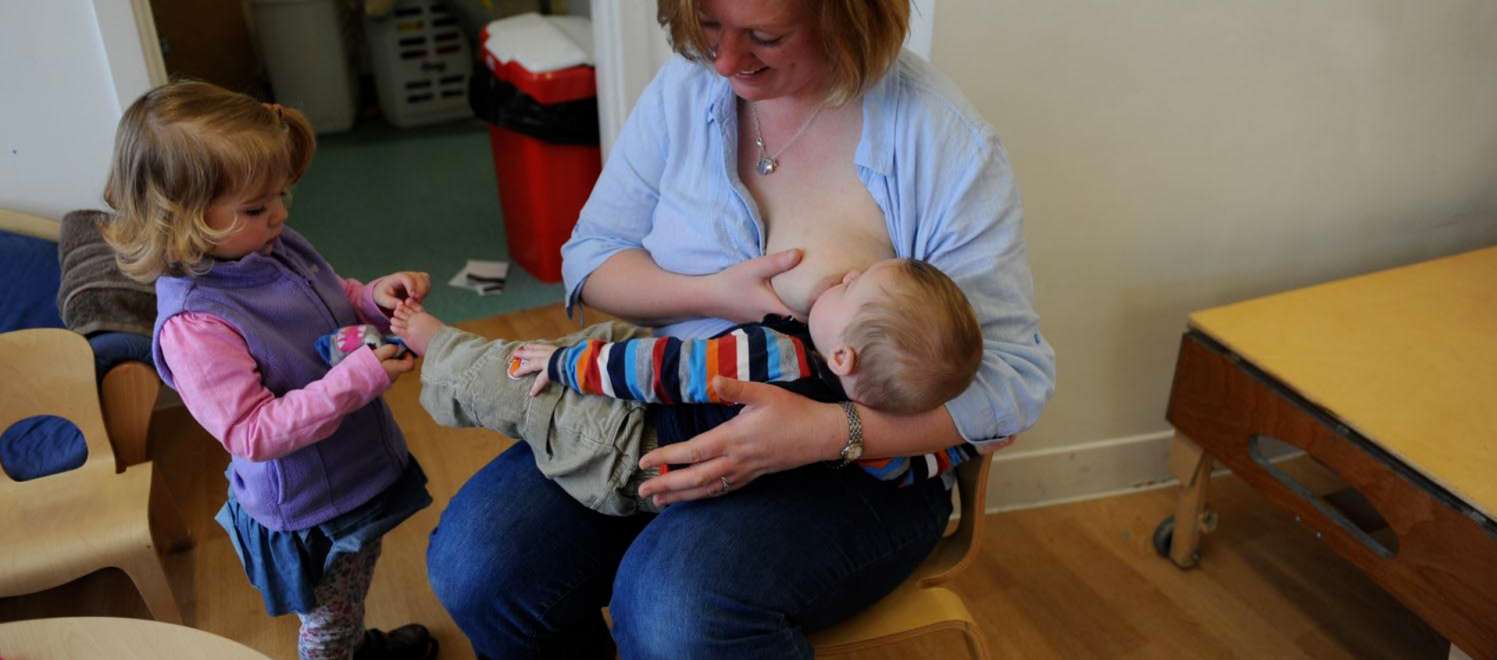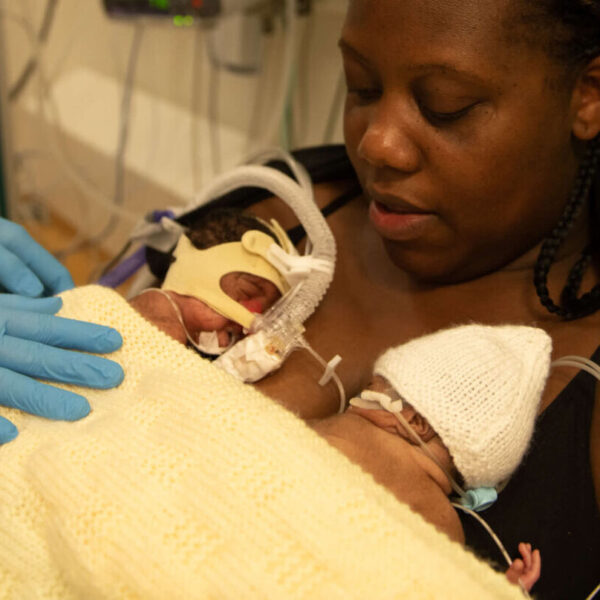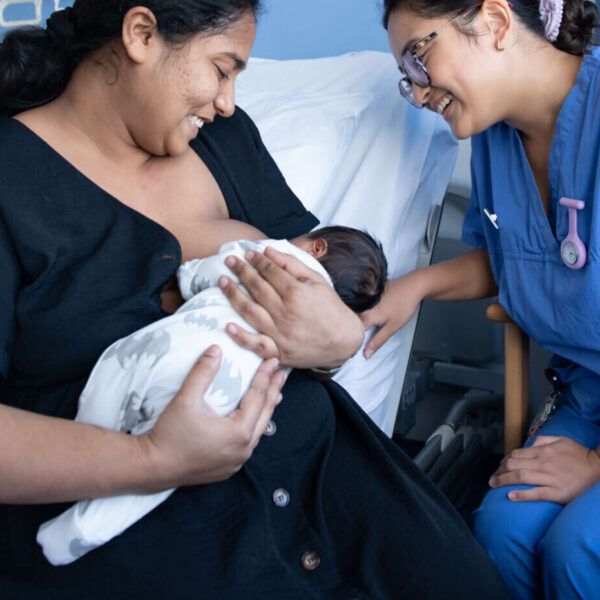Alive & Thrive, a global nutrition initiative which aims to save lives, prevent illness, and ensure the healthy growth of mothers and children, has produced a series of tools and videos to illustrate the cost of not breastfeeding around the world.
The Cost of Not Breastfeeding: Online tool and video
This interactive online tool helps determine the future economic losses of low- and middle-income countries due to not breastfeeding. Key findings from the Cost of Not Breastfeeding research paper which examines global results from this tool found that:
- 595,379 childhood deaths (6 to 59 months) from diarrhoea and pneumonia and approximately 974,956 cases of childhood obesity can be attributed to not breastfeeding according to global recommendations from the WHO and UNICEF each year
- approximately 98,243 deaths from breast and ovarian cancers and type II diabetes could be prevented each year by breastfeeding
- the level of avoidable morbidity and mortality estimated could impact global health system treatment costs at a rate of US$1.1 billion annually
- the economic losses of premature child and women’s mortality are estimated to equal US$53.7 billion in future lost earnings each year
- the largest component of economic losses is that of the cognitive losses, which are estimated to equal US$285.4 billion annually
- an estimated total of the aggregation of these global economic losses are totalled US$341.3 billion, or 0.70% of global gross national income (Dylan D Walters, 2019).
Alive & Thrive has also produced a video which highlights the global impact of not breastfeeding:
Breastfeeding at Work: Video
Alive & Thrive and UNICEF have produced the following video which shows the benefits of creating a dedicated lactation space for mothers in the workplace. Please note this video has been produced by Global UNICEF and is intended for an international audience.
The Alive & Thrive initiative, managed by FHI Solutions, is currently funded by the Bill & Melinda Gates Foundation, Irish Aid, the Tanoto Foundation, UNICEF and the World Bank. Learn more about Alive & Thrive on their website.





